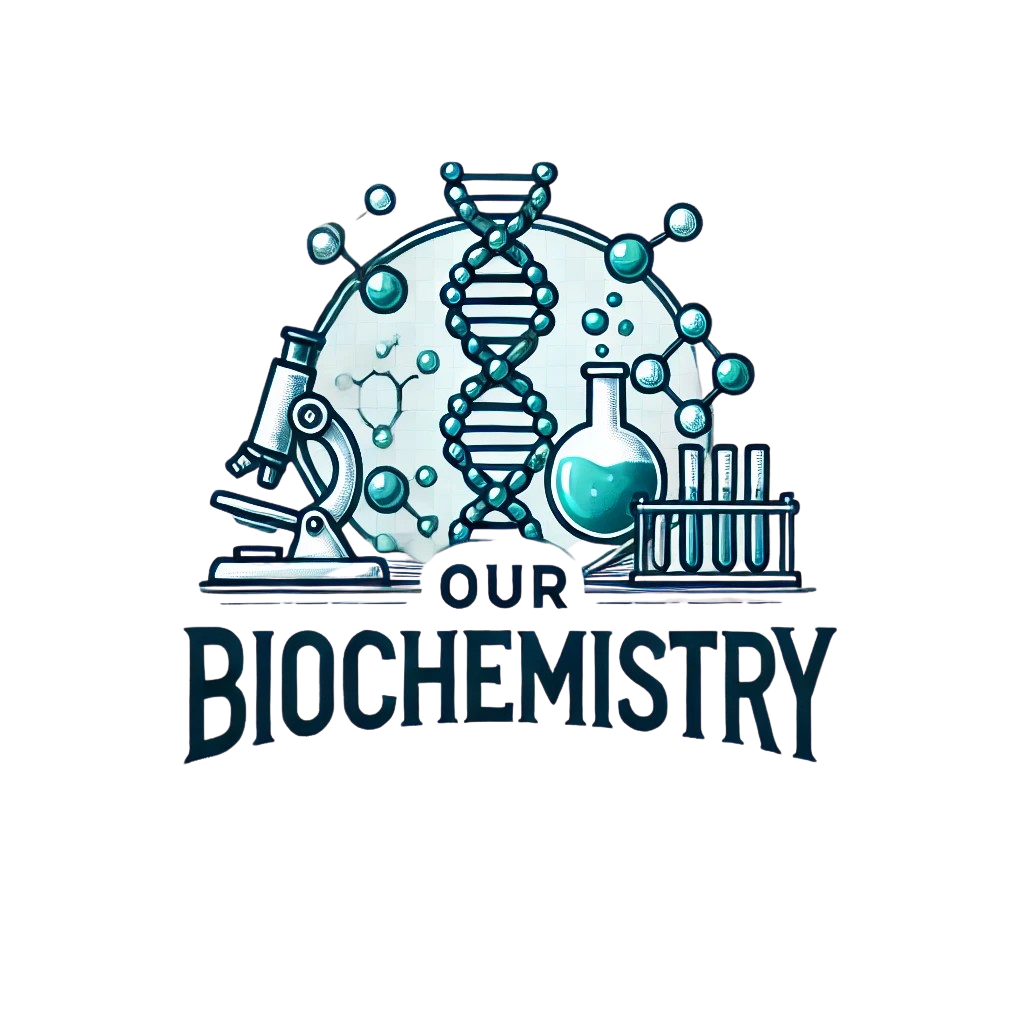Library
TCA Cycle- Multiple-choice questions
- January 29, 2020
- Posted by: Namrata Chhabra
- Category: Energy metabolism Library Metabolism of Carbohydrates Multiple choice questions Multiple-choice questions Multiple-Choice questions Question Bank Question Bank
1) A 24-year-old woman presents with diarrhea, dysphagia, jaundice, and white transverse lines on the fingernails (Mee’s lines). The patient is diagnosed with Arsenic poisoning, which inhibits which of the following enzymes?
a) Citrate synthase
b) Isocitrate dehydrogenase
c) α-Keto glutarate dehydrogenase complex
d) Succinate dehydrogenase
e) Malate dehydrogenase
2) A biochemistry graduate student isolated all enzymes of the TCA cycle to produce NADH; oxidation of which of the following substrates in the citric acid cycle is not coupled to the production of NADH?
a) Succinate
b) Malate
c) α-Ketoglutarate
d) Isocitrate
e) Pyruvate.
3) A 3-year-old boy presents to the pediatric clinic with the symptoms of hypotonia, lactic acidosis, and seizures. After an extensive workup, he is diagnosed with pyruvate dehydrogenase complex deficiency. Which of the following cofactors is not required by this enzyme to convert pyruvate to Acetyl CoA?
a) Thiamine
b) Lipoic acid
c) Pantothenic acid
d) Niacin
e) Ascorbic acid.
4) Which of the following vitamins is required for synthesizing a cofactor required for converting Succinate to Fumarate?
a) Thiamine
b) Lipoic acid
c) Pantothenic acid
d) Niacin
e) Riboflavin.
5) Pyruvate dehydrogenase complex deficiency is an autosomal recessive disorder and leads to anion gap metabolic acidosis. Which of the following accumulates to cause metabolic acidosis?
a) Beta hydroxybutyric acid
b) Acetoacetic acid
c) Fumaric acid
d) Lactic acid
e) Hydrochloric acid.
6) A 3-year-old child presents with a history of recurrent rash upon sun exposure and passage of purple-colored urine. The child is diagnosed with Congenital Erythropoietic Porphyria, a disorder of the pathway of haem biosynthesis. Which of the following intermediates of the TCA cycle is used as a precursor for haem biosynthesis?
a) Succinyl CoA
b) Acetyl CoA
c) Succinate
d) Malate
e) Pyruvate
7) A 16 -year-old male comes to the clinic for a routine sports physical examination. His physical examination is unremarkable except for the skin findings of multiple pale masses, which appear to be xanthomas. Xanthomas are generally associated with the underlying hypercholesterolemia. Which of the following is utilized as a precursor for cholesterol biosynthesis?
a) Succinyl CoA
b) Acetyl CoA
c) Succinate
d) Malate
e) Pyruvate.
8) A -2-year-old child was brought to the pediatric emergency with convulsions. The child was diagnosed with ammonia intoxication due to some urea cycle disorder. Reduced formation of GABA is considered to be the most important cause of convulsion due to the depletion of glutamate from where it is produced by decarboxylation. Which of the following intermediates of the TCA cycle is involved in forming Glutamate?
a) Succinate
b) Malate
c) α-Keto glutarate
d) Isocitrate
e) Pyruvate.
9) In the TCA cycle, GTP is produced at one step by substrate-level phosphorylation, and that is subsequently utilized for Gluconeogenesis. Which of the following enzymes is involved in the formation of GTP from GDP?
a) Succinate thiokinase
b) Succinate dehydrogenase
c) Citrate synthase
d) Isocitrate dehydrogenase
e) Malate dehydrogenase
10) A 5-year-old child was rushed to a pediatric emergency as he accidentally consumed Fluoroacetate, a known inhibitor of the TCA cycle. Which of the following enzymes is inhibited by fluoroacetate?
a) Citrate synthase
b) Aconitase
c) Succinate dehydrogenase
d) Isocitrate dehydrogenase
e) Malate dehydrogenase.
11) Malonate is an inhibitor of-
a) Citrate synthase
b) Aconitase
c) Succinate dehydrogenase
d) Isocitrate dehydrogenase
e) Malate dehydrogenase.
12) A 56-year-old chronic alcoholic has been brought in a semiconscious state to the medical emergency. Blood biochemistry reveals hypoglycemia with a blood glucose level of 45 mg/dl. Which of the following intermediates of the TCA cycle can be directly converted to phosphoenolpyruvate to trigger the pathway of gluconeogenesis?
a) Succinate
b) Malate
c) α-Ketoglutarate
d) Oxaloacetate
e) Pyruvate.
13) A 78-year-old male is brought to emergency with Acute myocardial infarction. Blood biochemistry reveals lactic acidosis. How much energy yield (ATP) per mol of glucose is expected in such a condition?
a) 32
b)2
c) 34
d) 36
d) 38
14) Which of the following allosteric modulators is not effective in influencing the rate of TCA cycle?
a) NADH
b) FADH2
c) Ca++
d) ADP
e) ATP
15) How many molecules of CO2 are produced per mole of Acetyl CoA in the TCA Cycle?
a) 2
b) 1
c) 3
d) 0
e) 4
16) Cytosolic isoform of which of the following TCA cycle enzymes requires NADP+ as a coenzyme that can further be utilized in the reduced state for reductive biosynthesis?
a) Citrate synthase
b) Aconitase
c) Succinate dehydrogenase
d) Isocitrate dehydrogenase
e) Malate dehydrogenase.
17) Which of the following intermediates of the TCA cycle is depleted in Type 1 Diabetes mellitus to suppress the TCA cycle and channel excess Acetyl CoA towards the ketogenesis pathway?
a) Succinate
b) Malate
c) α-Ketoglutarate
d) Oxaloacetate
e) Pyruvate.
18)– Which of the following enzymes is thiamine-dependent and essential for glucose oxidation in the brain?
a) Pyruvate dehydrogenase complex
b) Acetyl CoA carboxylase
c) Transaldolase
d) Succinyl-CoA Thiokinase
e) Succinate dehydrogenase
19)-Anaplerotic reactions are those that result in replenishing intermediates in the TCA cycle. Which of the following enzymes catalyzes an anaplerotic reaction?
a) Malate dehydrogenase
b)Pyruvate carboxylase
c) Pyruvate kinase
d) Citrate synthase
e)Succinyl CoA thiokinase
20) -Which of the following intermediates of the TCA cycle cannot be utilized for gluconeogenesis?
a) Succinate
b) Malate
c) α-Ketoglutarate
d) Oxaloacetate
e)Acetyl CoA
Answers-
1)-c
2)-a
3)-e
4)-e
5)-d
6)-a
7)-b
8)-c
9)-a
10)-b
11)-c
12)-d
13)-b
14)-b
15)-a
16)-d
17)-d
18)-a
19)-b
20)-e
Author:Namrata Chhabra
Leave a Reply Cancel reply
You must be logged in to post a comment.
